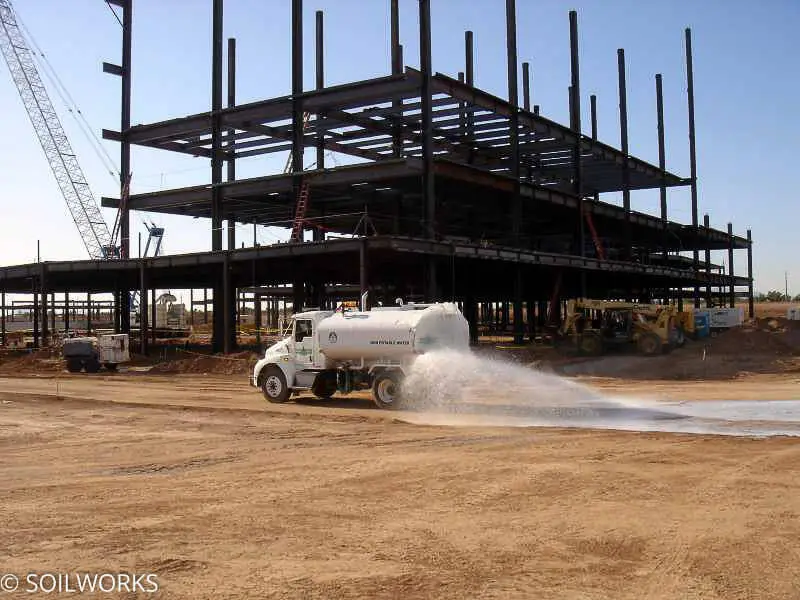Road Treatment
Gorilla Snot
Increased applications of Gorilla-Snot are highly effective for roads and other traffic areas. The product is designed to penetrate into the ground creating a strong and resilient, yet flexible, surface wear course that can withstand the intense abuse of vehicle traffic and environmental conditions
The solution is designed to be easily applied topically to almost any soil or aggregate. A modest application will create a light surface crust that remains permeable for air and water, yet perfect for controlling dust and suppressing PM and PM particulate matter to maintain air quality and visibility.
Glycerin
Glycerin, a byproduct of biodiesel production, is an effective dust suppressant for unpaved roads due to its hygroscopic properties. When applied to road surfaces, glycerin attracts and retains moisture from the atmosphere, keeping the surface damp and thereby reducing dust emissions. This moisture retention helps bind fine particles together, forming a cohesive and flexible surface that can withstand vehicle traffic and environmental conditions. Additionally, glycerin is biodegradable and environmentally friendly, making it a sustainable choice for dust control. Its application is straightforward: typically, a mixture of glycerin and water is sprayed onto the road surface, creating a permeable crust that effectively suppresses dust while allowing air and water to pass through.



